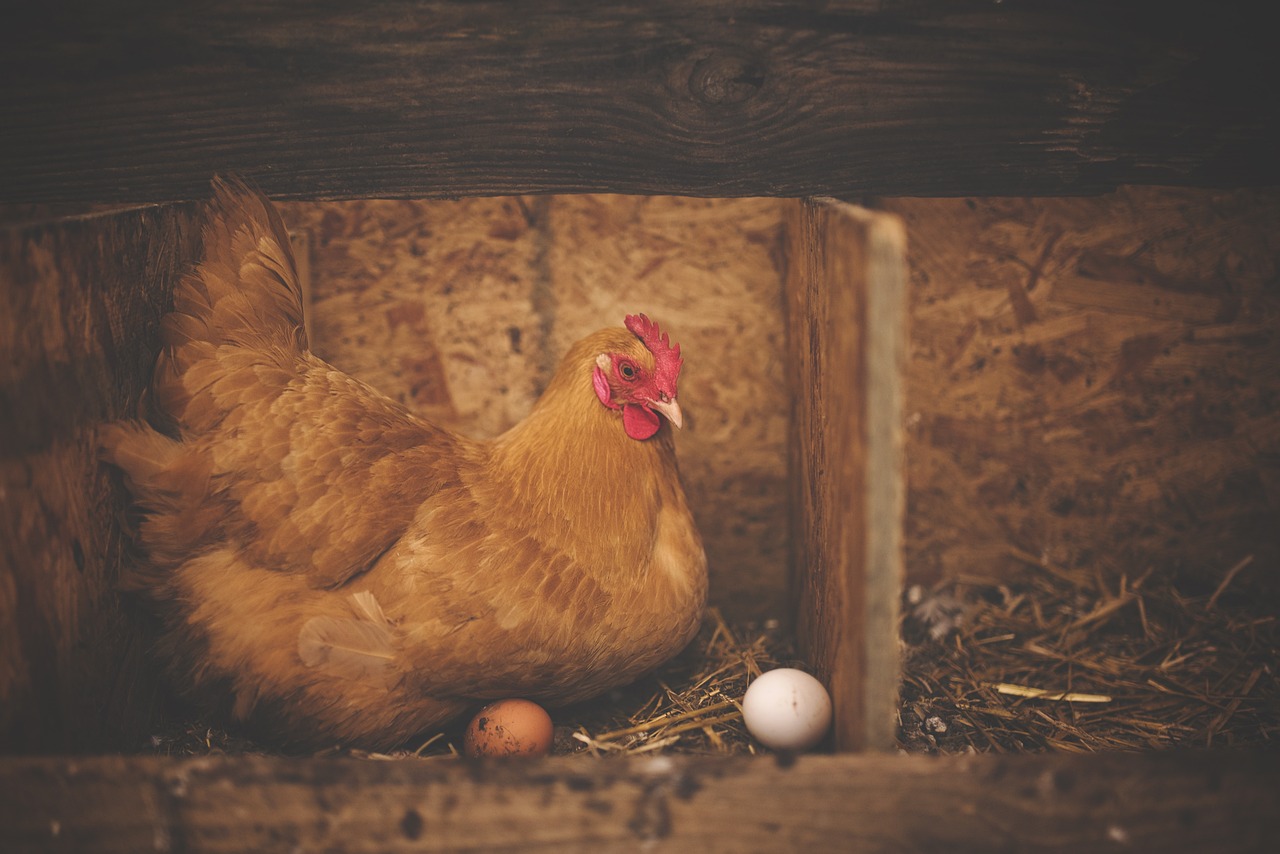Bird flu, also known as avian influenza, is a highly contagious and potentially deadly virus that affects birds, and in rare cases, humans and other animals. The recent outbreak of bird flu in various parts of the world has raised concerns about the virus and its potential impact on human health and the environment. In this article, we will explore the link between environmental degradation and the spread of bird flu and what measures we can take to reduce the threat.
Table of Contents
ToggleEnvironmental Degradation and its Role in the Spread of Bird Flu:
Bird flu is a virus that is found primarily in wild birds and is usually spread through contaminated water and food sources. The rapid degradation of natural habitats and ecosystems has led to an increase in the number of wild birds in close proximity to domestic birds, increasing the risk of the virus spreading to domestic birds and, in turn, to humans.
Additionally, the intensive industrialization of agriculture and animal husbandry has led to overcrowding and poor living conditions for poultry, which can make them more susceptible to the virus. In many countries, the widespread use of antibiotics in poultry farming has also contributed to the development of antibiotic-resistant strains of the virus, making it more difficult to treat and control.
Can Humans and Pets Catch Bird Flu?
Bird flu is primarily a disease of birds, but it can also infect humans and other animals through contact with contaminated feathers, droppings, or secretions from infected birds. In rare cases, the virus can be transmitted from human to human, but this is very rare.
Humans and pets can also become infected with bird flu by consuming contaminated poultry products, such as undercooked chicken or eggs. It is important to take precautions when handling and cooking poultry to reduce the risk of infection.
Preventing the Spread of Bird Flu:
There are several measures that can be taken to reduce the risk of bird flu outbreaks and prevent its spread. One of the most effective ways to do this is to improve the living conditions and health of poultry, reducing the risk of infection. This can be achieved through better husbandry practices, such as providing clean water and food, maintaining adequate ventilation, and reducing overcrowding.
Another important step is to limit the contact between wild birds and domestic birds, which can be achieved by separating them physically or through the use of screening or netting.
It is also important to monitor wild bird populations for signs of the virus and to quickly isolate and treat any infected birds to prevent its spread.

The Importance of Sustainable Agriculture:
Sustainable agriculture is critical in reducing the risk of bird flu and other zoonotic diseases. By reducing the use of antibiotics in animal husbandry and promoting more natural living conditions for poultry, we can reduce the risk of antibiotic-resistant strains of the virus and limit its spread.
In addition, sustainable agriculture practices, such as reducing the use of pesticides and preserving natural habitats, can help to reduce the stress on ecosystems and protect wild bird populations, reducing the risk of disease transmission.
Conclusion
The recent outbreak of bird flu highlights the importance of understanding the risks it poses to humans and pets and the connection between environmental degradation and the spread of such diseases. By following biosecurity measures and promoting sustainable practices, we can help prevent the spread of bird flu and protect the health of both humans and animals.








3 thoughts on “Understanding the Threat of Bird Flu: How Environmental Degradation is Contributing to its Spread”
Pingback: The Rise of Norovirus Cases in England: A Detailed Analysis - Sustainability Awakening
Pingback: Bird Flu in Sea Lions and Environmental Degradation
Pingback: Animal Industries in the U.S. Pose a Risk of Infectious Disease